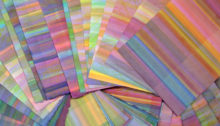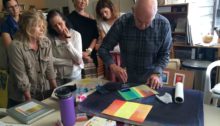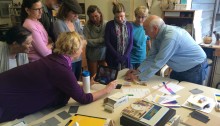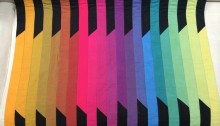Exciting show coming in December
Artists and audiences have long been fascinated with the appearance of luminosity – an inner glow, or sense of light emanating from a painting. This quality is what has made paintings by Impressionist painter Claude Monet such favorites over the years. Yet few artists are able to achieve this effect reliably. It is usually an…







